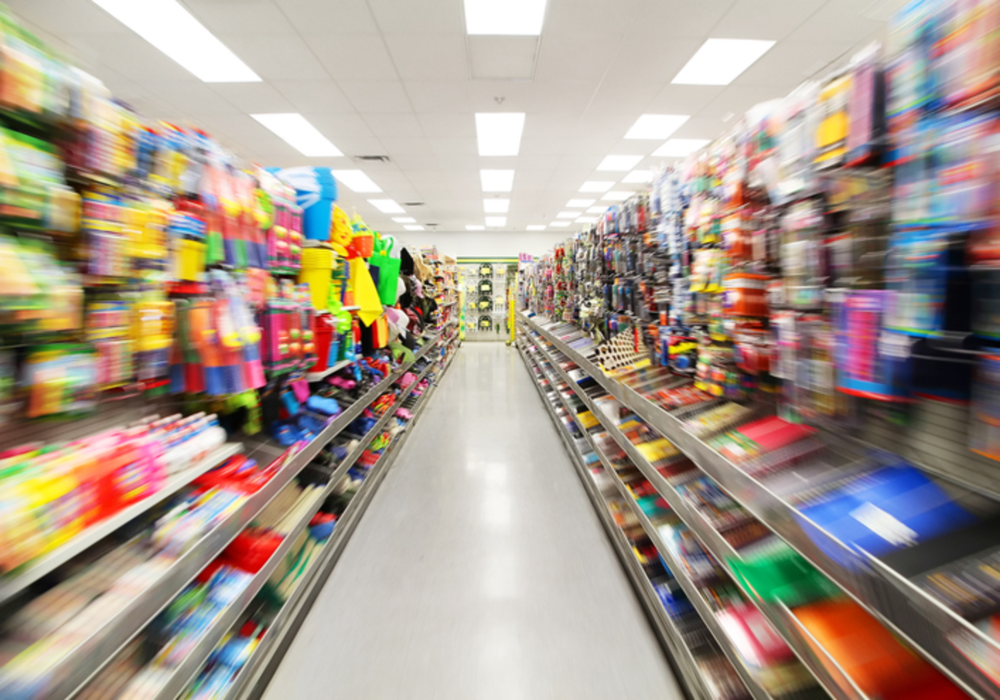A great, personalized retail experience starts before the customer arrives at the store — by making sure that whatever the customer desires is in stock, on the shelves, and easy to discover. Retail giant Walmart is calling shelf-scanning robots to make sure that happens.
The robots, which look like small, mobile waste-bins with raised arms for “seeing,” don’t really represent a technological breakthrough. After all, robots have been scooting around factory and warehouse floors, detecting and retrieving items, for years. It’s a new concept for stores — Walmart is launching the robots in some 50 locations — and gives a glimpse of many possibilities for automating and enhancing the physical retail experience.
For customers, anyway, but what about staff? Walmart is saying that no job losses are envisaged as a result of the initiative. Indeed, they point out that robots can perform shelf audits more effectively than human workers — and they don’t mind the repetitive nature of the task. Of course, automation in warehouses and factories has reduced the human workforce, but stores are customer-facing. In theory, the robots might free up store staff to provide better customer service.
InMoment is a 2017 Forrester Wave leader in customer experience management, surfacing actionable insights from analysis of customer feedback. I asked Andrew Park, senior director for customer experience strategy, whether the Walmart move presages big changes in the retail environment. “There’s definitely a need for a mix of humans and machines,” he said. “This is just a small example of a job humans don’t do real well, and don’t really want to do.” Automation is going to be a big theme in the retail space, but care is needed: For example, self-check-out created a lot of frustrations early on.
As Park observed, it’s a “big miss for a brick and mortar location” if a product of interest isn’t available when a customer shows up to examine it. They may as well stay at home with their desktop? “Well, that is a lot easier,” he said. Forthcoming research from InMoment will show that finding the item they want — where they expect to find it — is one of the two biggest reasons for shopping at a physical location (33% of respondents).
But: “They still want a human to be available to help them, and when — for example — they’re looking for recommendations.” Couldn’t robots one day provide personalized recommendations to shoppers? “Well, they’re getting better for sure,” he said.







